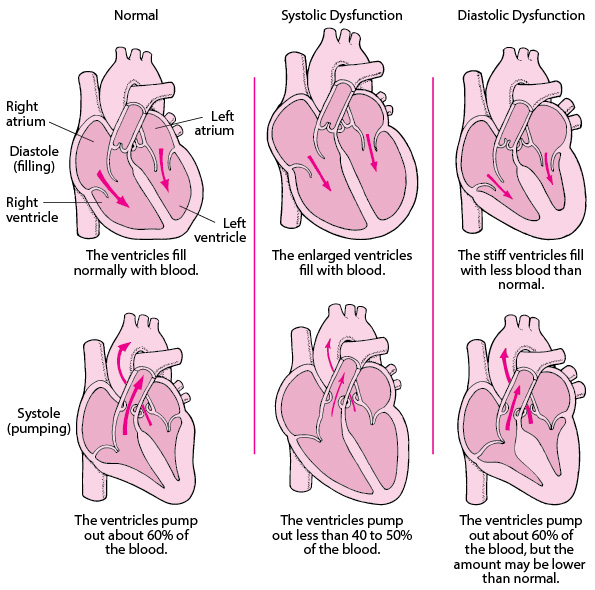Clinical Care for the Heart Failure Patient
CONTACT HOURS: 5
Copyright © 2021 Wild Iris Medical Education, Inc. All Rights Reserved.
LEARNING OUTCOME AND OBJECTIVES: Upon completion of this continuing education course, you will have a current, evidence-based understanding of the prevalence, causes, diagnostic testing, treatment, and patient care for various types of heart failure. Specific learning objectives to address potential knowledge gaps include:
- Describe heart failure.
- Summarize the epidemiology of heart failure.
- Discuss the pathophysiology and etiology of heart failure.
- Explain the relationship between heart failure and comorbidities.
- List diagnostic methods to determine presence and severity.
- Describe pharmacologic and nonpharmacologic treatment measures for heart failure.
- Explain the multidisciplinary approach to cardiac rehabilitation.
- Discuss patient education strategies to prevent recurrence and rehospitalization.
TABLE OF CONTENTS
- Introduction
- Impacts and Epidemiology of Heart Failure
- Pathophysiology and Etiology
- Heart Failure and Comorbidities
- Diagnosis of Heart Failure
- Treating Heart Failure
- Cardiac Rehabilitation
- Self-Care Education
- Conclusion
- Resources
- References
INTRODUCTION
Heart failure (HF) is a complex syndrome of symptoms that causes the inability of the heart to pump sufficient blood throughout the body to satisfy the oxygen needs of the organs and cells. It may also be referred to as cardiac failure and was formerly referred to as congestive heart failure. HF may be caused by cardiac insult such as a myocardial infarction secondary to coronary artery disease or may be a natural effect of aging as the cardiac pump progressively weakens and becomes less effective. Two of the most common comorbidities are hypertension and diabetes (NHLBI, 2020d).
- Systolic heart failure is caused by weakened ventricular contractions from a dilated left ventricle that fails to pump blood effectively. This results in heart failure with reduced ejection fraction (HFrEF). Cardiac ejection fraction (EF) is the amount of blood pumped into the systemic circulation by the left ventricle, expressed as a percentage.
- Diastolic heart failure is decreased cardiac output in the presence of normal EF due to ventricular stiffness.
- Right-sided heart failure refers to failure of the right ventricle to pump blood effectively to the pulmonary arteries, thus causing a backflow of blood into the right atrium and into the venous circulation.
- Left-sided heart failure, which is the most common, refers to the failure of the left ventricle to pump blood to the rest of the body. When one ventricle fails, if left untreated, the other ventricle will also inevitably fail.
(NHLBI, 2020d)

Heart failure pumping and filling problems. (Reprinted by permission from the Merck Manual Consumer Version, known as the Merck Manual in the United States and Canada and the MSD Manual in the rest of the world, edited by Robert Porter. © 2021, by Merck Sharp & Dohme Corp., a subsidiary of Merck & Co, Inc., Kenilworth, NJ. Available at merckmanuals.com/home)
Heart failure can also be chronic (most common) or acute, where there are recognizable symptoms before treatment is implemented successfully (as in the case of pulmonary edema) (Harding et al., 2020).
(See also “Pathophysiology and Etiology” later in this course for more detailed descriptions.)